Post tensioning: What is it?
In the world of construction, innovation is constantly driving the industry forward. One such innovation that has revolutionized the way we build is post tensioning. In this blog post, we will explore what post tensioning is, its applications, and the numerous advantages it offers to construction projects.
What is post tensioning?
Post tensioning is a technique used to reinforce concrete structures using high strength steel cables, or tendons. These cables are strategically placed within the concrete, and once it has hardened, they are tensioned to apply compressive forces to the concrete. The post tensioning process enhances the strength and performance of the slabs by introducing compressive stresses that counteract the tensile stresses experienced by the concrete. This helps mitigate cracking, increase load-bearing capacity, and improve overall structural integrity.
Trinity crew laying a post-tension foundation at the Chatfield Bluffs.
applications and advantages
Applications
Post tensioning is applied in a wide range of construction projects. Particularly for high-rise buildings, where the need for structural efficiency and load-bearing capacity is paramount. Additionally, post tensioning is commonly used in parking structures, bridges, and other large-scale projects that demand superior performance. The adaptability of post tensioning extends to both commercial and residential construction. From office buildings and shopping malls to condominiums and single-family homes, post tensioning provides a versatile solution that can meet the unique requirements of any project.
Advantages
Post tensioning offers numerous benefits compared to conventional slabs, such as improved structural strength and load-bearing capacity. The ability to handle higher loads allows for the construction of larger and taller structures. Design flexibility is another key advantage of post tensioning. The tensioning cables enable longer spans and greater column-free spaces, providing architects and designers with more open and spacious layouts for both commercial and residential buildings.
One of the critical benefits of post tensioning is its ability to minimize cracking. The post tensioning process puts the slab into a state of permanent compression, reducing the likelihood of cracks forming and ensuring the durability and longevity of the structure.
In addition to their structural advantages, post tension slabs offer cost efficiency and time-saving benefits. With their increased load-bearing capacity, fewer columns and supports are required, resulting in reduced construction costs and faster project completion times.
Explore the possibilities of PT
By harnessing the power of post tensioning, you can build stronger, more efficient, and sustainable structures that stand the test of time. If you're ready to explore the possibilities of post tensioning for your project, contact us to connect with post tensioning specialists who can guide you through the process.

